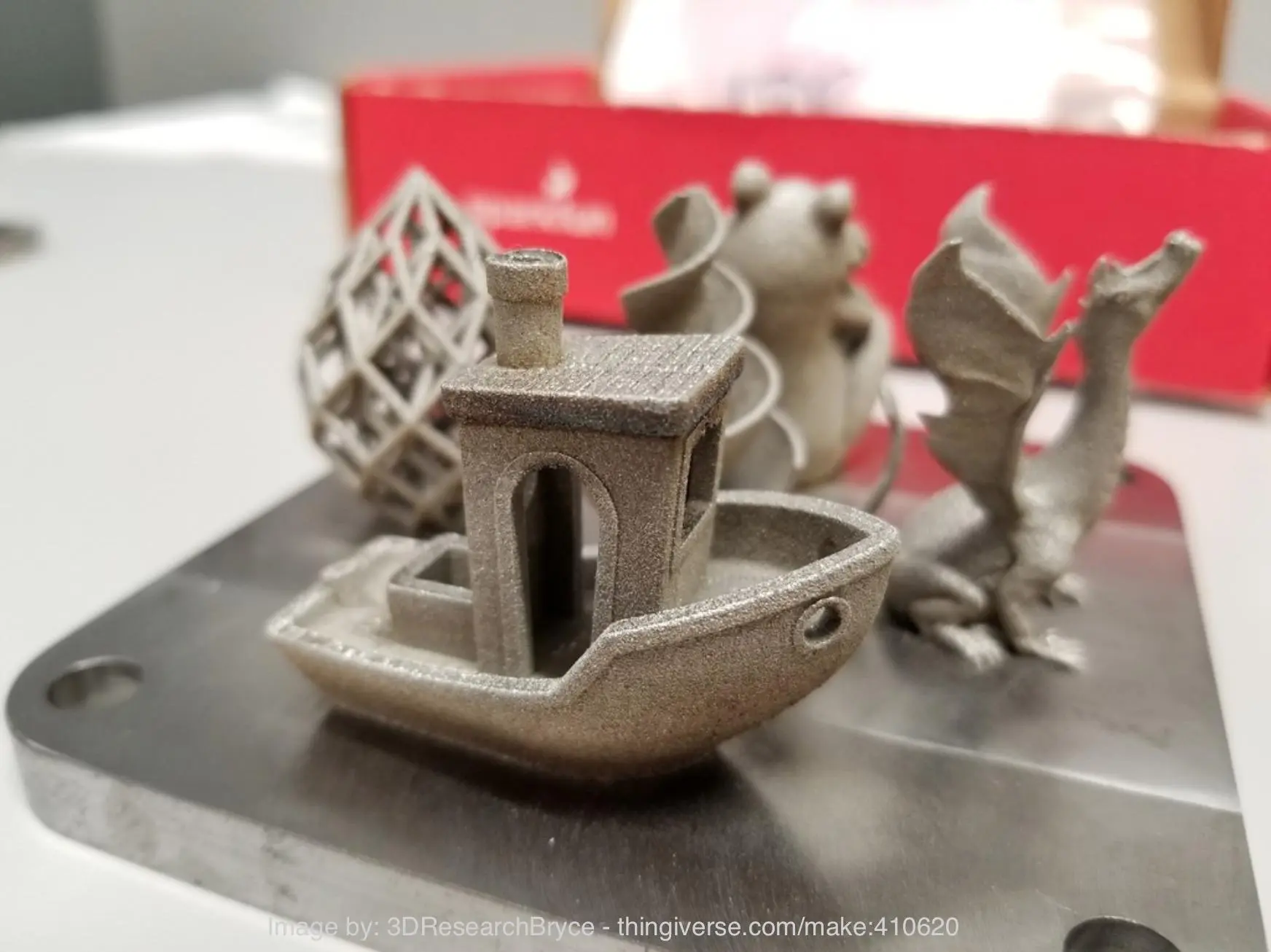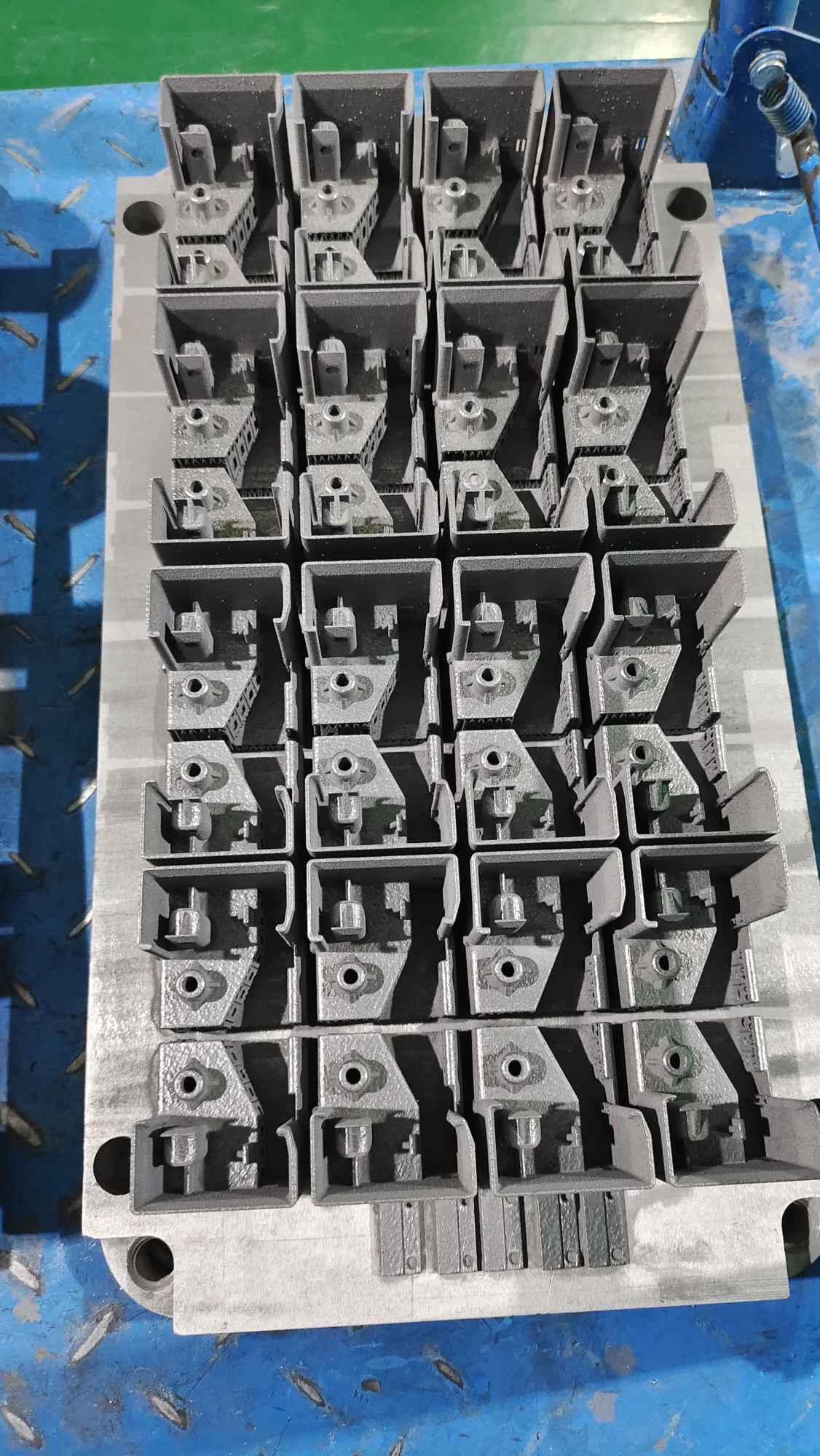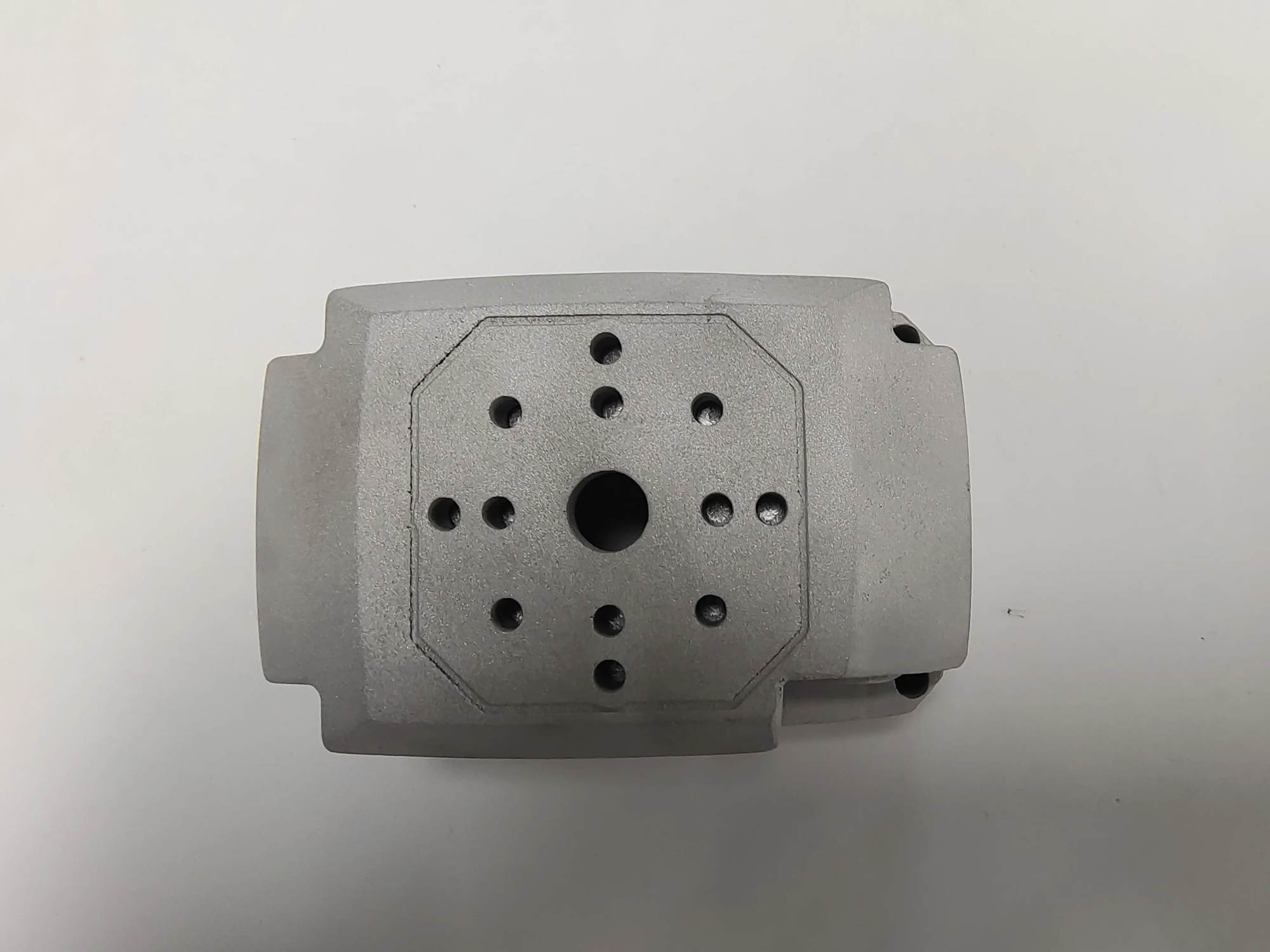On January 8, 2025, according to the resource database, the USA Force Force (USAF) Air Force Operations Office and Air Mobility Command carried out a final assessment of the C-17 Globemaster III application of the 3D-printed micro-lame reduction technology.
The C-17 is an important strategic transport aircraft of the American army. He has been in service since 1995 and has played a key role in the American army air transport system. To further improve its combat capacities and optimize energy efficiency, the US Air Force constantly improves the C-17 fleet, and 3D printed microblades are an important part of this optimization measure.
3D printing of micro blades: effective reduction in resistance
So what exactly are micro-gears printed in 3D? These blades measure approximately 4 x 16 inches (about 10 x 40 cm) in shape and resemble thin blades. During installation, the technicians used the high-resistance adhesive to secure approximately 12 micro blades on the external rear of the body C-17. The project was promoted by the Air Force Research Laboratory (AFRL), private companies and the Air Force life cycle management center (AFLCMC), and has been tested for a long time.
Preliminary test results show that technology has significant results. Compared to the not modified C-17, the flight resistance of the aircraft installed with 3D printed micro-blades has been reduced by 1%. Although the drop seems to be low, the real advantages are considerable: to improve the efficiency of the use of fuel, prolong the flight beach and reduce air resistance in the cargo door area.
According to Air Force calculations, technology can allow the American army of more than $ 14 million in fuel costs each year. Since fuel consumption is closely linked to logistics supply, the reduction in resistance reduces not only operating costs, but also improves the level of American army combat and combat capacities.
Future plan: expand the scope of the application
Currently, six C-17 transport aircraft have completed the modification of microblade and entered the logistics services evaluation stage (LSA). The LSA is the final test before the full deployment, the evaluation cycle should be 6 months and will be officially launched after the modification of the two additional planes. The ultimate goal is to ensure that the C-17 fleet fully applies this technology.
It should be noted that the prospects for applying 3D microblade technology are not limited to the US Air Force. Due to its advantages in reducing fuel consumption and improving combat capacities, the Canadian and British air forces have shown a strong interest in this technology and plan to be tested and applied in their own C-17 fleets.
Finally, the successful application of micro-blade printed in 3D marks an important step forward in optimizing the performance of traditional aircraft. This low -cost and high -efficiency technology should be widely used in other military and civil aircraft in the future, and has a deep impact on world air transport.




